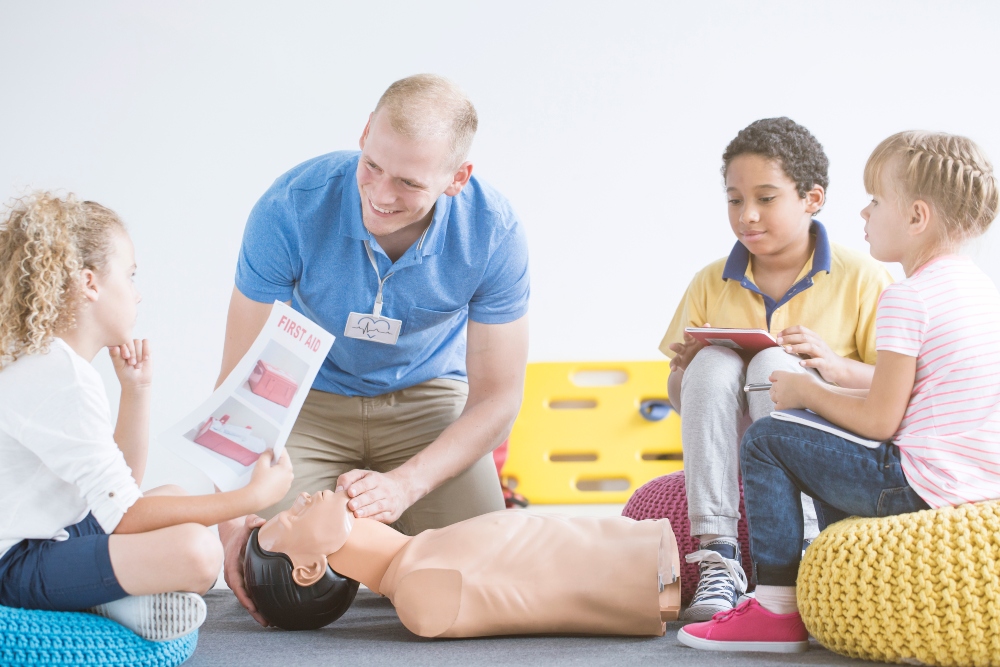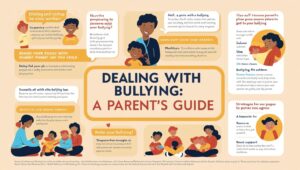
Knowing what to do in a medical emergency is an important life skill, even for young kids. A quick internet search can easily reveal hundreds of lives saved by children who knew what to do in an emergency. Of course, we all hope that’s never necessary, but even very young children should still be taught the basics of first aid so that they are as prepared as possible to help out in an emergency. Here are five key things you should do to help young children learn first aid.
Use Quality, Up-to-Date Resources
Choosing a good curriculum is critical to teaching first aid, even for young kids. You need something to keep you on track and make sure that you cover all the necessary information in the correct order. That will ensure that the topic doesn’t get confusing or overwhelming.
There are countless options for you, but the best ones are those that provide more than just an expensive manual. Look for a source that will not only provide information but also helps you build toward a certification without the trouble and expense of traveling somewhere for classes and testing. That brings us to our next point.
Incorporate Technology
Whether it’s a global pandemic or a prolonged snowstorm, we all encounter situations where we could really use some new ideas for occupying our time. What better option than to learn lifesaving skills? Sit down with your kids and work together to get online CPR AED certification for everyone. When the infection rate drops or the temperature rises, you’ll all be better prepared for a potential emergency.
Of course, regardless of conditions outside, you can make use of online resources. There are plenty of educational videos about first aid and CPR that can enhance the lessons you provide at home. Kids love an occasional break from lectures, and these videos can show them real-life scenarios that will help the whole lesson mean more to them.
Make Practice Fun
One of the keys to remaining calm in an emergency is knowing your skills as thoroughly as possible. That means practicing until you feel like you could perform the skills in your sleep. It’s tough to get kids to devote that level of effort to the reinforcement of what they learn. The trick is to make it fun for them.
First aid supplies are fun. Kids love to unwind rolls of gauze, apply medical tape to everything in sight, and inflate latex gloves. It’s good to let kids spend some time with the supplies. They’ll feel more comfortable with how to handle them, making them more at ease if they ever have to use those skills. It will be worth spending a few dollars to replenish supplies.
Stay Age-Appropriate
Another advantage of using a quality curriculum is that it will guide you in which skills are suited for different ages. The youngest children probably can’t handle anything more complex than calling 911 and giving a basic report, while those a few years older can perform CPR, control bleeding, and retrieve a patient’s medications like inhalers and nitroglycerin.
As your kids get older, add layers to their knowledge. It will allow you to reinforce what they’ve previously learned while creating excitement around new skills that build their confidence and leave them better prepared to react in an emergency–which is exactly what it’s all about.
Bring in Professionals
Just as an elementary basketball coach might invite high school players to visit their practices, you can have full-time health care providers pay you a visit. You can also drop in on them at their place of work. Fire and EMS providers welcome visitors, especially young kids who are interested in learning more about the profession.
By the end of the visit, the kids will not only be more comfortable with administering first aid but also will get to know some of the people who may arrive on the scene if something serious has taken place. This will increase their comfort level and help to keep them calm when a group of strangers rushes into the house with mysterious bags and machines.
First aid is an essential skill for anyone, kids included. Teaching them properly requires a different approach, but the outcome will still be the same.


